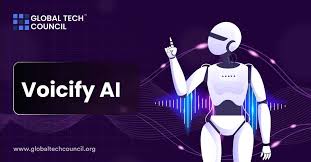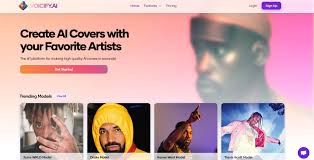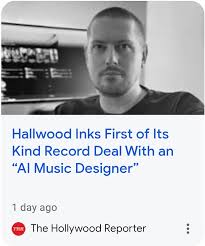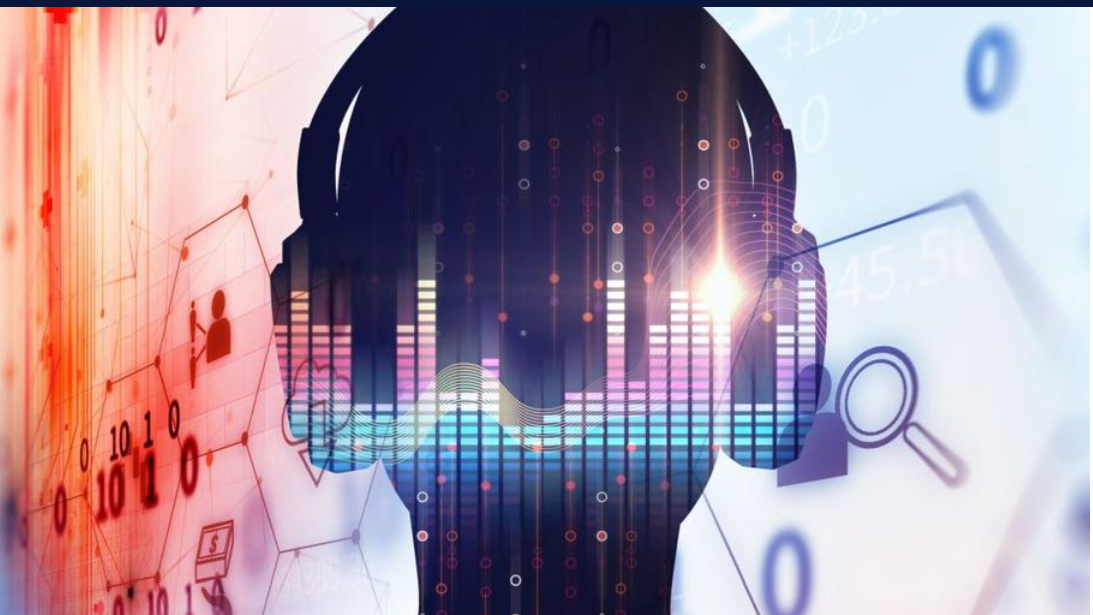Introduction: The Expanding Role of AI Music
AI music isn't just a futuristic concept anymore—it’s being used right now across industries ranging from social media and gaming to film, advertising, and health. With AI tools like Suno, Boomy, AIVA, and MusicGen, companies and creators are using AI-generated songs, loops, and soundtracks to cut costs, save time, and enhance creativity.
So, where is AI music being used in the real world? Below are industry-specific examples from 2024–2025.
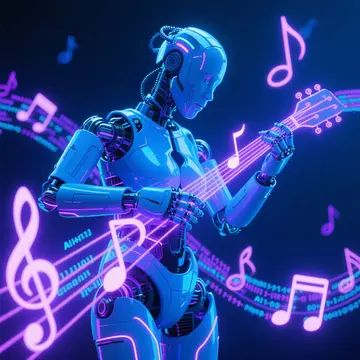
1. Social Media and Content Creation
?? Platforms: TikTok, YouTube Shorts, Instagram Reels
AI-generated music is commonly used as background tracks in short-form content. Creators choose AI music because it’s:
Royalty-free
Customizable
Fast to generate
? Real Example:
TikTok creators are using Boomy and Suno to generate viral audio snippets that match trending content.
A TikTok creator generated a lo-fi beat on Boomy and synced it to cooking footage, gaining 500K views organically.
2. Video Games
?? Use Case: Dynamic background scores, adaptive soundtracks, ambient music
Game developers use AI music to:
Generate endless loops for in-game environments
Create mood-based adaptive soundtracks (based on game action)
Prototype placeholder music during development
? Real Example:
Indie game studios use AIVA to generate orchestral background music without hiring a composer.
Inworld AI (used in narrative games) is exploring integrating music responses based on AI character mood.
3. Film and TV Scoring
?? Use Case: Underscoring scenes, temp tracks, low-budget scoring
AI-generated music is used in:
Short films and student productions
Documentary soundscapes
YouTube shows and web series
? Real Example:
Filmmakers use Ecrett Music or Soundful to generate cinematic tracks for scenes.
A French independent film used AIVA to score 60% of its background music due to budget limitations.
4. Advertising and Marketing
?? Use Case: Royalty-free commercial music, jingle generation, campaign soundtracks
Brands turn to AI music for:
Social media ads
Explainer videos
Podcast intros
? Real Example:
A fitness brand used Soundraw.io to generate custom music for a YouTube ad campaign, avoiding licensing fees.
5. Podcasting and Audiobooks
?? Use Case: Intros/outros, ambient background, transitions
Podcast creators use AI music to:
Maintain consistent brand audio
Quickly generate royalty-free background tracks
? Real Example:
Podcasts on Spotify and Apple Podcasts use Loudly or Mubert to create unique audio themes for each episode.
6. Healthcare and Wellness
?? Use Case: Meditation apps, stress relief, sleep sounds
AI music is being used in:
Mental health apps
Yoga and mindfulness platforms
Personalized sound therapy tools
? Real Example:
Endel, an AI sound wellness app, uses machine learning to generate personalized ambient music for sleep, focus, and relaxation.
Collaborated with James Blake and Grimes to train adaptive music engines.
7. Education and Music Learning
?? Use Case: Teaching composition, assisting music theory, gamified learning
Educators and students use AI music to:
Understand harmony and rhythm through AI-generated examples
Compose music collaboratively with AI suggestions
? Real Example:
Google Magenta is used in classrooms to demonstrate machine learning in music generation.
Music teachers use Amper Music to help students generate examples for homework.
8. Web3 and NFTs
?? Use Case: Music NFTs, generative audio collections
AI music tools are used by creators in blockchain spaces to:
Mint algorithmically generated audio tracks as NFTs
Create music-reactive visual art
? Real Example:
NFT project “Sound of the Metaverse” used AI tools to generate 1,000 unique AI songs linked to collectible tokens on OpenSea.
9. Personal Music Creation
?? Use Case: Hobby songwriting, idea generation, demo production
Amateur and indie musicians use AI tools to:
Create songs quickly
Generate inspiration for lyrics or melodies
Prototype song structures
? Real Example:
Thousands of artists have published AI-generated tracks on Spotify using Boomy, some even landing on editorial playlists.
Conclusion: AI Music Is Already Everywhere
From TikTok trends and indie films to meditation apps and music NFTs, AI music has found its place across creative and commercial industries. It’s not about replacing artists—it’s about augmenting creativity, speeding up workflows, and giving access to sound to anyone, regardless of musical skill.
The use of AI music will only grow as tools become more intuitive and powerful—and it’s changing how the world hears music.
FAQs: Where Is AI Music Being Used?
Can AI music be used in commercial videos?
Yes—tools like Boomy, Soundraw, and Ecrett offer commercial licenses.
Do artists use AI music in Spotify tracks?
Yes, many Boomy and Suno users have uploaded AI-generated songs to Spotify.
Is AI music allowed on YouTube and TikTok?
Yes, as long as the music is royalty-free or licensed by you. AI tools often provide these rights.
Can AI generate music for games?
Absolutely. Tools like AIVA and Magenta are great for ambient and looping game soundtracks.
Learn more about AI MUSIC

